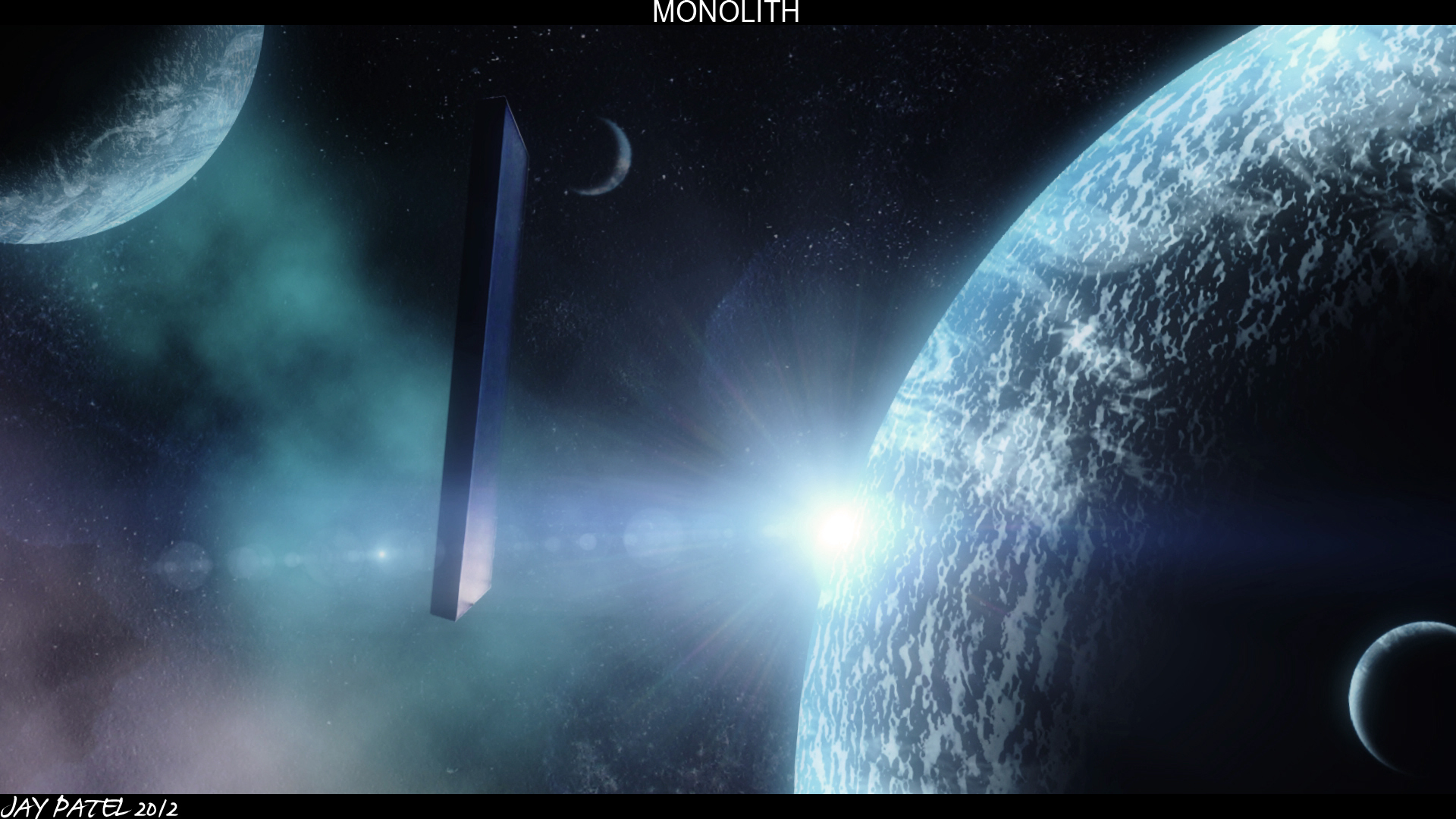Science
Related: About this forumThat interstellar asteroid is like nothing we've ever seen!!!!
From Phys.org: ESO observations show first interstellar asteroid is like nothing seen before:

.....................//snip
Somewhere, Arthur C. Clarke is smiling!!!
Laffy Kat
(16,373 posts)SCantiGOP
(13,866 posts)It's a 15,000 ton slab of Moroccan black hashish! It's going to break up in the upper atmosphere and drop millions of half pound chunks that will already be smoking from the friction of the atmosphere. This either proves there is a God, or that some alien species has been observing us and just wants us to all chill the fuck out. ![]()
Hint: buy all the stock you can in Cheetos and Netflix.
Igel
(35,282 posts)Response to LongTomH (Original post)
lordsummerisle This message was self-deleted by its author.
defacto7
(13,485 posts)I rather see an animation based on data than a snapshot that can easily be misinterpreted. It's too easy to let our imagination dissect a visual, it's difficult but more realistic to let the data draw the picture.
defacto7
(13,485 posts)Thor_MN
(11,843 posts)Although with current events, I understand why they took the shot...
lastlib
(23,166 posts)--Arthur C. Clarke, Rendezvous With Rama
TeamPooka
(24,210 posts)burrowowl
(17,632 posts)Javaman
(62,504 posts)
getting old in mke
(813 posts)I wish there had been enough time to mount an observation flight or even more, something similar to the asteroid retrieval mission to get a sample of extra-solar matter.
pokerfan
(27,677 posts)More in the pdf...